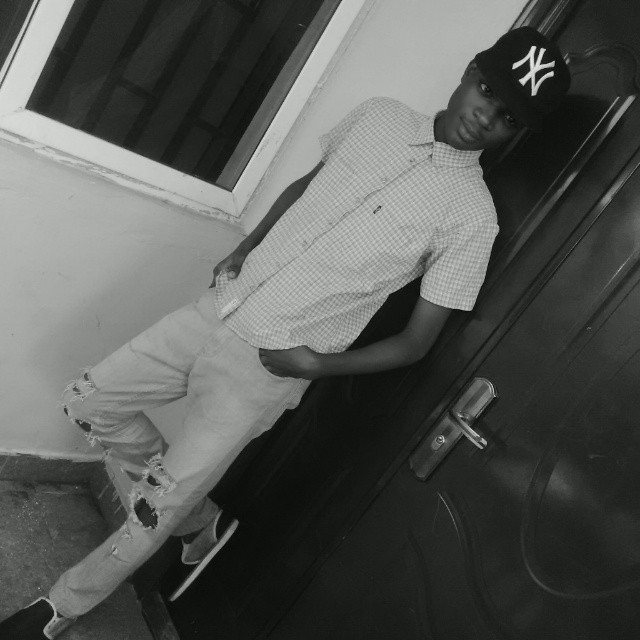Matching colours can sometimes be confusing to very many people but learning the basics can make it a whole lot easier and less confusing.
To start we have to go back to the colour wheel - hope you still remember that from Junior school.
The colour wheel is a visual representation of shade of colours showing the relationship between similar, complementary and contrasting colours.
The colour wheel is very easy to understand as long as you understand the following:
similar colours refer to the sections on either side of the colour in question,
complementary colours are directly opposite the colour in question,
contrasting colours are separated by the three sections of the wheel
Complementary colours are harder to match because they appear too much for the eye to bear. The tip here is to vary the shades of the colour e.g. a light blue shirt with a burnt orange tie.
One of the safest ways to matching is using a plain background especially white because it goes pretty much with any colour and looks comfortable but that will be playing it too safe.
So here is how to colour mix for:
Checked shirts: A checked shirt will need a bigger pattern on the tie to avoid the tie becoming lost in all the line drama. This is not always true especially with a window pane check as it has a wider pattern.
For wider tartan/plaid shirts you should pick out subtle base tones in your shirt with solid, block- colour tie.
You should however, note that striped ties are perfectly acceptable to combine with checked shirts.
Stripped shirts :

An interesting tip goes here and it is to vary the orientation of the strips you combine. For example a vertical stripped shirt will go comfortably with a horizontally stripped tie. And the most common is to use plain coloured ties
General Tip
Your tie should be a darker shade to your shirt this helps promote your shirt as well as the tie.
Photo credit¬ Web












